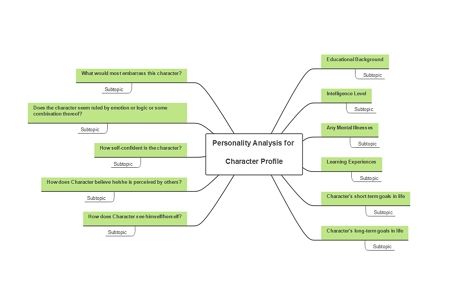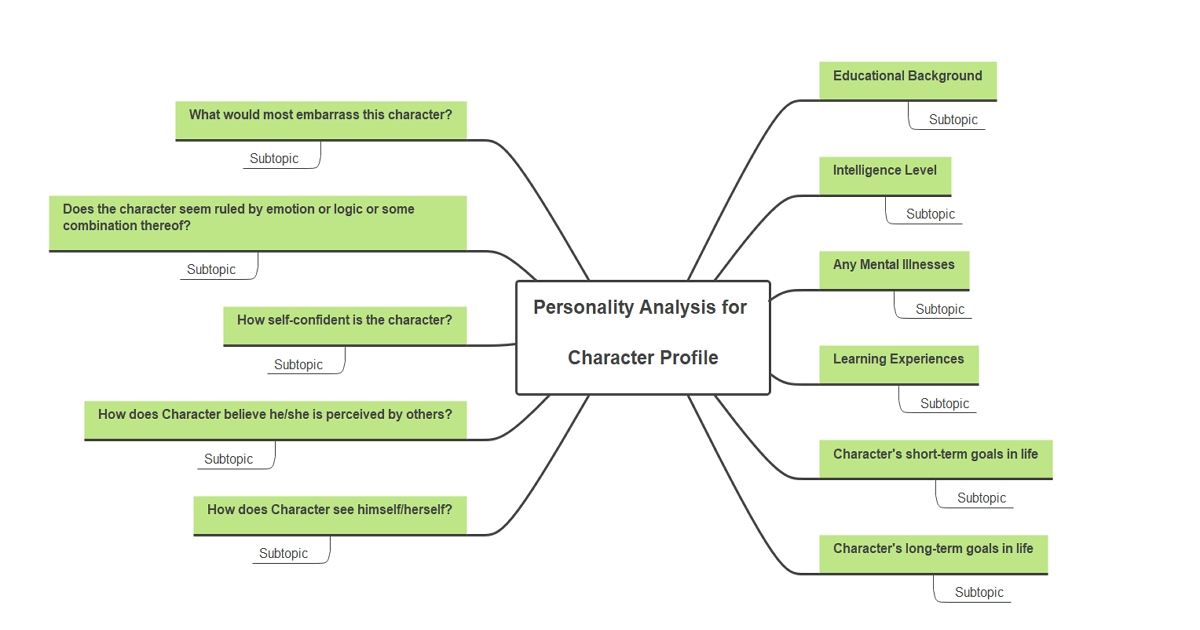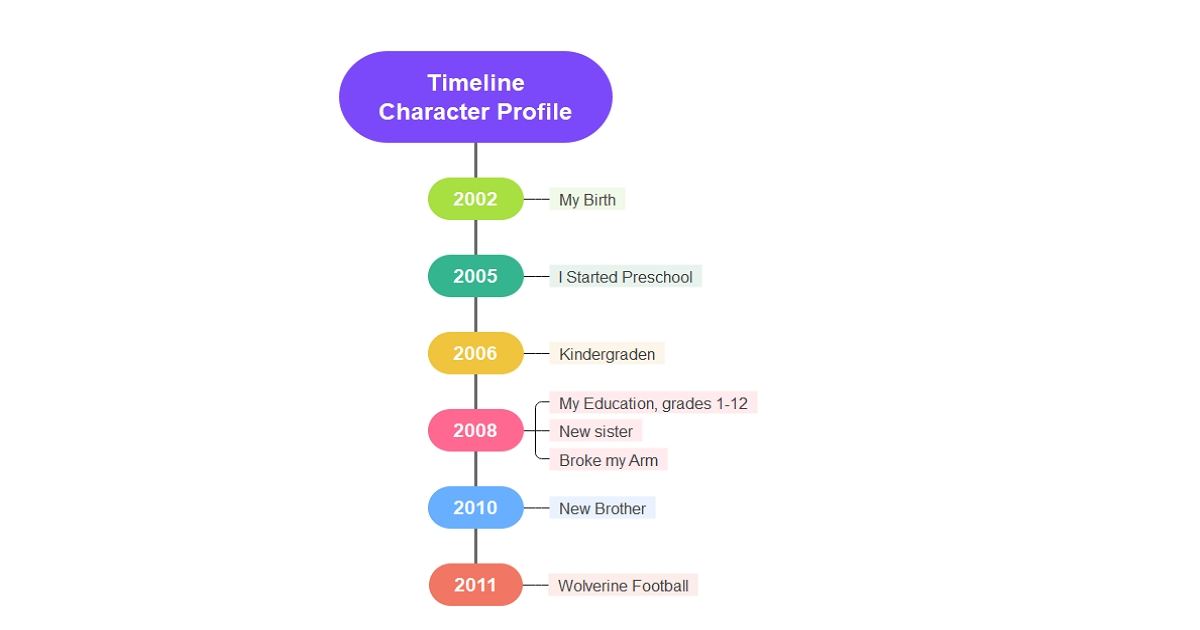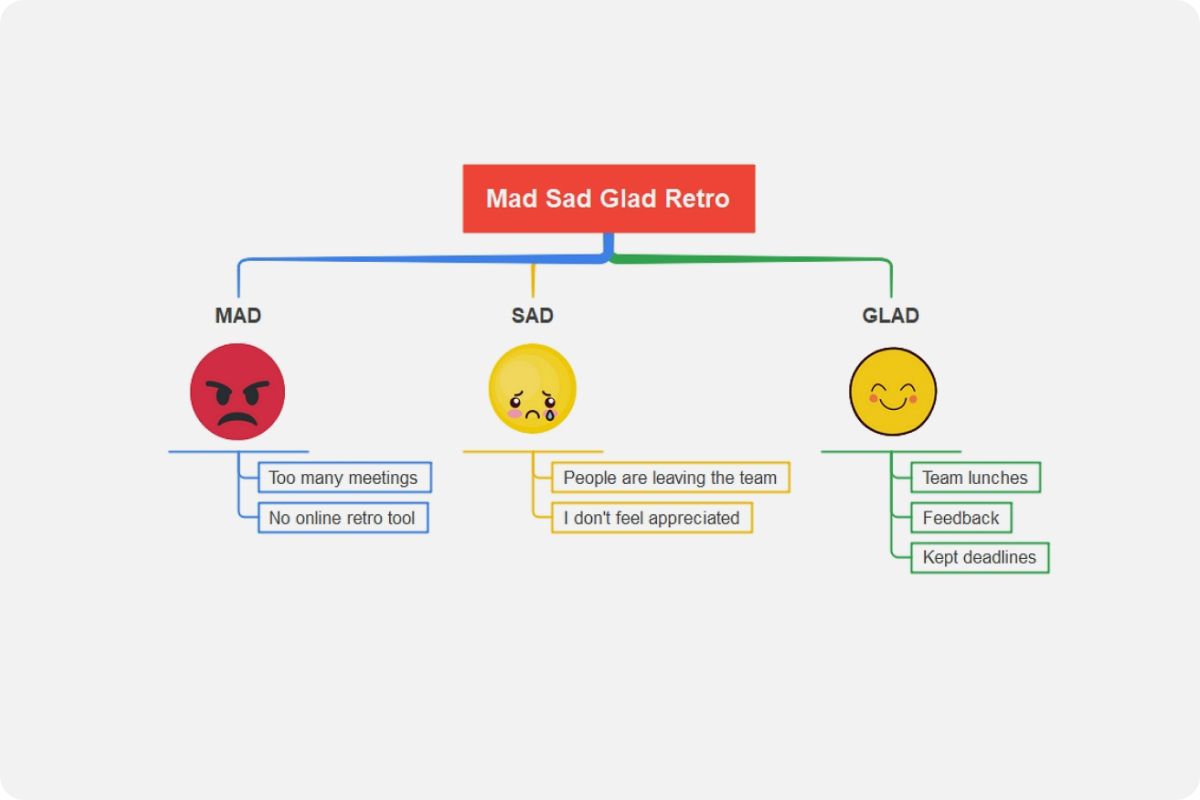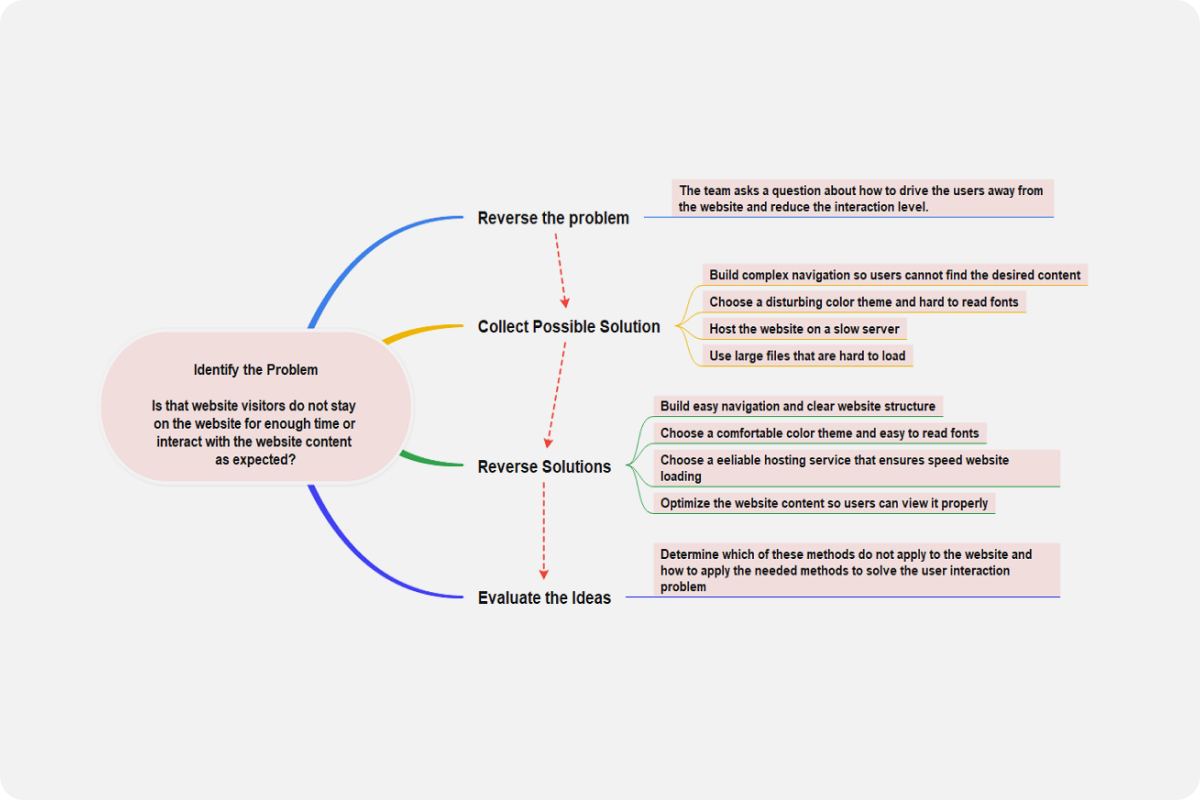About the character profile template
Making a character profile is a terrific approach to plot out the life of a fictitious character. It's where you'll establish your character's past, looks, qualities, objectives, and flaws. Give your characters depth by creating a personality that goes beyond the plot. Some parts of their personalities will not be featured in the plot, but they will influence their decisions. You may chart the relationships between your characters once you've envisioned them to have a better understanding of them.
What is a character profile?
A character profile is a highly extensive summary of your character's whole existence. A character profile template is divided into different sections and contains a series of questions on character development. A few of the questions may be simple, while others will be complex and thought-provoking. You should know everything about the character you've made by the time you've completed filling out your character profile.
It may, however, appear intimidating once completed. There's a lot of material here, and you may be wondering how you'll squeeze everything into your novel or screenplay. Many of the more significant information will be incorporated into your narrative. However, much of the material is just for your use. Knowing your character well enough will help you in writing them with the best precision.
What is a character profile template?
You'll need intriguing characters to write about if you're going to write a novel or even short fiction. You may have a few ideas in your brain, but they aren't fully formed. However, a brief bio of a few words will not be enough. Many times throughout your novel, you'll need to refer to specific information about your characters. A plot's issues are frequently caused by a failure to pay attention to little details.
A book requires meticulous preparation and outlining. Without it, you can wind up with a jumbled plot and lifeless characters. This is where the character profile template comes in the story. Novelists and screenwriters can both utilize a character profile template. It depicts the life, looks, and personality of the character. A writer may use this profile as a reference all through the writing process. It also aids in the consistency of the characters.
Why make a character profile template?
What is the objective of creating a character template? In any case, I never use all of the facts in my novel! That is correct. You should avoid cramming every single element into your story. Use only what is important to the tale; otherwise, you risk alienating readers with the infamous "too much information dump."
A strong character will frequently drive a new piece of writing when you have a good concept for it. It may be a person who falls in love, or a person who solves a crime, or a person who discovers a secret – but whatever your notion is, it almost certainly includes a person or a personality. And if you've just recently thought of them, there's a good possibility you don't know anything about them right now, and it will show in your story. This is why having a character profile template is good for the story.
When will you need a character profile template?
Your story's characters are its heart and soul. Your audience will rapidly lose interest if they are not credible. Creating a character profile is one technique to ensure that you're writing characters with depth. So, once you've come up with a tale, novel, or screenplay, you'll need to create a character profile template to ensure that everything goes as planned.
What should be included in a character profile template?
As previously said, you have complete control over how extensive your character profile is. You also don't have to make a profile for each character; only the primary protagonists need to be profiled. Screenwriters construct profiles early in the screenplay creation process, but you may do it at any point before production.
The following is a list of the components you use when making a character profile. You can, however, add your parts if necessary. In a fantasy, for example, you may include a section dedicated to magical talents.
What should you put in your character profile?
Basic Information - This is a broad description of the character, including their name, gender identity, age, sexual orientation, birthplace, and country. Their marital status, present address, profession, level of income, education, family, and skills are all examples of additional information.
Physical Appearance - How does your character appear physically? Include details such as race, size, height, hair color, and eye color. Additional information might include if they wear eyeglasses, have piercings, smoke, are fit, or have a condition. You might also describe their style of dressing and whether or not they have any props with them.
Personality - How your character interacts with others and their relationships is covered in this section. Are they shy or outgoing, hesitant or bold, and how do they act with other people? Additional details might include the way they speak or have an accent if they are nice or unpleasant, and whether they are a hero or an antagonist.
Mindset - Your character's outside appearance may not necessarily represent their inner thoughts. More in-depth information on their consciousness, feelings, goals, desires, and dreams may be found in this section. Detailed information might include their life objectives, beliefs, and the emotions that your character carries.
Further Information - Depending on the plot, you can go into further depth about your character and the universe in which they reside. And this may entail providing them with a whole family history, a breakdown of their workplace environment, or an analysis of their culture.
Tips for Creating a Good Character Profile Template
Character profiles are an important part of the writing process. A character's profile covers all you need to know about them, including their personality qualities, race, gender, habits, and so on. These three easy tips will show you how to write character profiles:
1.Things to know before you start your character profile
Writers locate the jigsaw pieces that explain essential portions of a narrative, such as character reasons for acts, by establishing character profiles. The resulting summary benefits us in grasping the entire chain of human behavior, as well as the action-to-outcome chain of cause and effect in a storyline. Using character quizzes to create character profiles is beneficial since it allows you to:
- You should know enough about your characters to be able to envision their behaviors and intentions.
- Imagine your characters moving, interacting, and living in such a way that you can see how they travel, interact, and exist.
- Identify important contrasts between characters to contribute to the formation of their resemblances and differences, as well as common ideals or ambitions.
2.Make a list of the first action and reaction beats.
When you play and explore, it may be a lot of fun to create character profiles like this. However, we're developing character profiles for a reason: to make it simpler to locate the story's arcs or cause and effect. This is why it's a good idea to think about action and reaction rhythms for your character profile. Based on your tale situation, create a series of 'A leads to B' events around your plotline.
As you profile your main characters, make a list of probable acts and replies. As you build your profiles into a comprehensive storyline, this will give you an idea of what scenes to create.
3.Simple tent pole connections should be planned.
You could start defining links between your characters as you learn how to construct character profiles that are valuable to your approach.
Consider entanglements while you outline characters and fill out character surveys. Some may be obvious from the start of your narrative, while others may be kept hidden until the end for a surprise. It's also a good idea to conceive about significant characters in terms of plot 'roles.'
Character Profile Examples
You've put in the time and effort, and you're convinced that you know everything there is to know about your works. But how will you display this on the page? This is where your ability to show rather than tell (for more information, check our article What show don't mean writing implies) will be useful.
Take a picture of your character to introduce them. Name them so that readers can recognize them, and give them a tantalizing peek that links to what will happen in the narrative.
Personality Analysis for Character Profile
Character profile for the personality analysis is very important because while reading, the reader will only enjoy the story if they are resonating with the characters. Making the character's personality very precise and understanding is very important. Writing the personality analysis before starting the storyline will help you in writing the characters just as you planned. You can make a character profile for every character to be on top of work.

